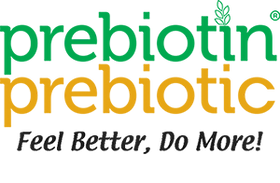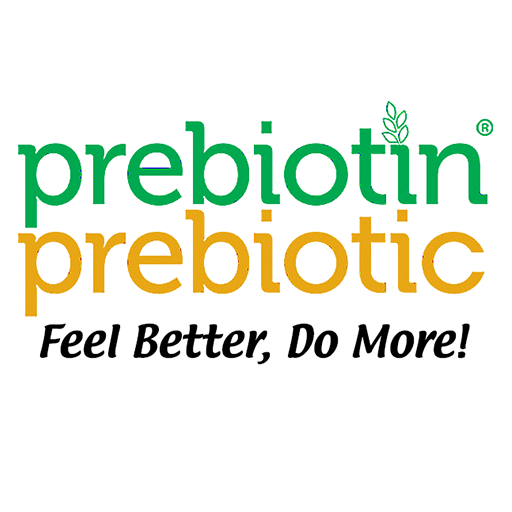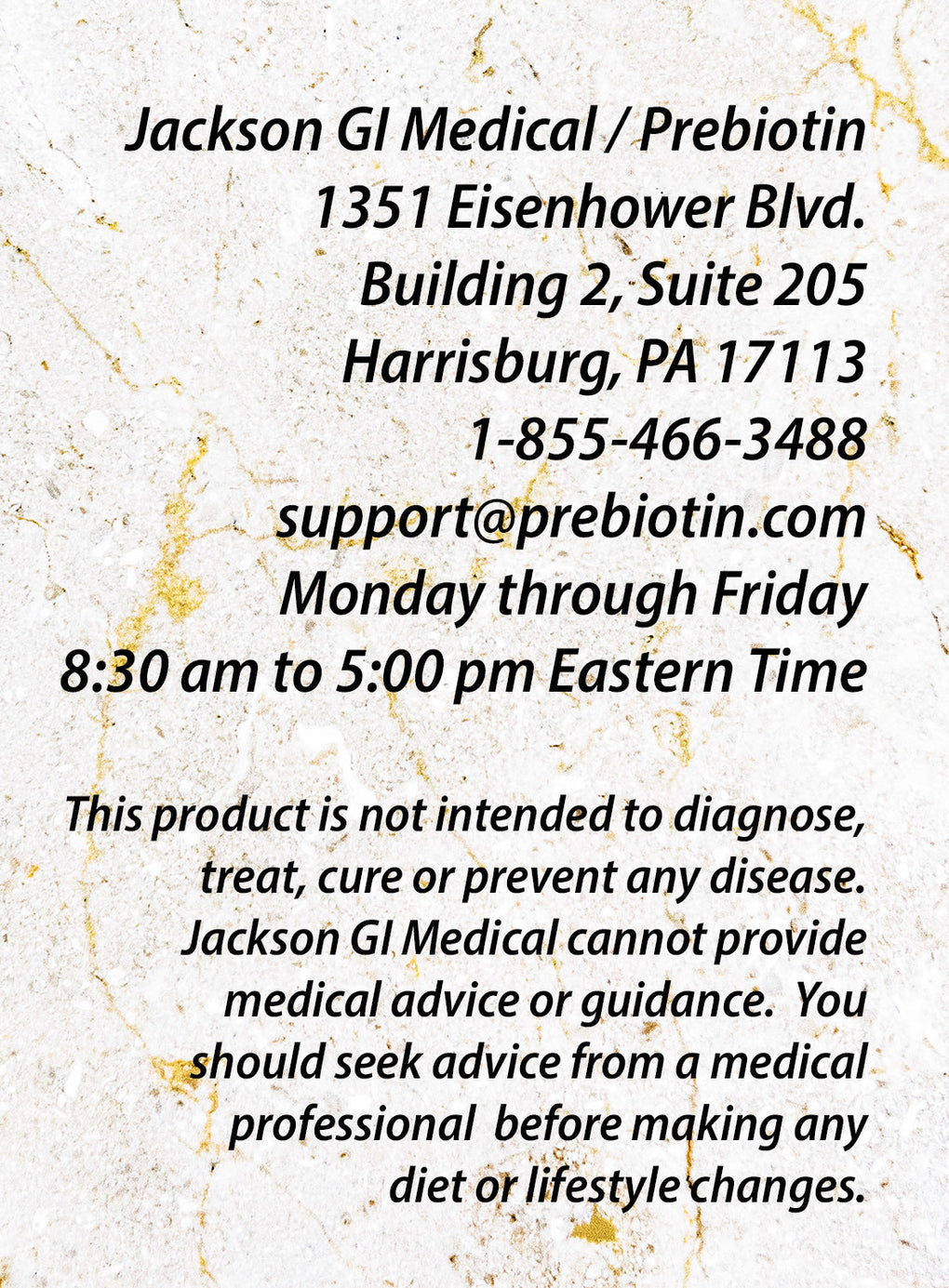
Fiber Explained
View the Fiber Content of Foods Charts
You will find the foods listed in alphabetical order.
The more we discover about the roles the lower gut plays in overall well being, the more we are realizing the importance of eating a diet rich in soluble and insoluble fibers. While today’s science points to the importance of a high-fiber diet, the reality is we just aren’t getting enough. The fiber content of food is all too often overlooked, even by those who meticulously count calories.
While many people know fiber is important, most don’t know much about this dietary essential. Are you aware of all the health benefits fiber can offer your body and mind? Do you know the difference between soluble and insoluble fibers? Do you know if the same quantity of dried versus fresh apricots share the same fiber count? If not, review this fiber content chart and learn how the choices you make every time you eat affect your health.
The Difference Between Soluble and Insoluble Fiber
In the most simplistic sense, soluble fiber dissolves in water. Insoluble fiber doesn’t. But how these fibers break down (or don’t break down) inside your body differ, and each produces different health benefits.
Insoluble fibers prevent constipation and form the basis of soft, bulky stool. Whole grain foods, dark leafy vegetables, fruit, nuts, and seeds all contain insoluble fiber.
Soluble fiber, on the other hand, creates a gel-like texture in your gut when mixed with liquid in your digestive tract. This gel helps slow down your digestion. You’ll feel fuller longer, which is one reason why fiber can help you maintain a healthy weight. Soluble fiber also attaches itself to particles of cholesterol. As the soluble fiber passes through the body, it takes the particles with it, reducing overall cholesterol levels as well as the risk of heart disease.
You can find soluble fiber in onions, chicory root, bananas, Jerusalem artichoke, oats and oatmeal, apples and strawberries, psyllium (Metamucil) and certain vegetables. These foods help the healthy bacteria that live in the lower gut reproduce, as they stifle the production of bad, disease-causing bacteria.
How Much Fiber Should I Be Getting?
The fact is, most Americans don’t eat enough of either fiber. Physicians and other health experts recommend between 25 and 35 total grams per day. The average intake, unfortunately, is about 15 grams per day. Today’s typical Western diet is full of high-fat, high-calorie processed foods. When we eat a whole foods diet that is rich with fresh fruits and vegetables, we can increase our fiber intake and reap the many benefits.
A Dietary Alternative
Because most Americans don’t eat enough fiber, there is a robust market for fiber-rich foods (such as fiber or bran cereals) as well as fiber-rich supplements. The following soluble and insoluble fiber food list tells you exactly how much is contained in a diverse array of foods. As you’ll observe, most foods don’t contain the high fiber numbers you might expect — as a result, getting enough fiber through dietary means takes genuine commitment. Researching exactly how much fiber is in the foods you’re eating and keeping track of what you consume is a time-consuming process. Chances are, you’ll find that you need to incorporate significantly more fiber-rich foods into your diet to achieve the recommended daily amount.
If you dread the idea of eating several pieces of bread and a few cups of raw onion and canned mushrooms every day, there is an easy alternative. Prebiotin, a prebiotic fiber supplement, contains all of the daily fiber you’ll need. It is low in calories, tastes mildly sweet and can be added to everything from water to cereal and beyond. Because it is plant-based, it is safe for vegans and vegetarians; there is also a gluten-free formula. It even comes in on-the-go packets for busy lifestyles.
Prebiotin Benefits Beyond Fiber
In addition to the fact that Prebiotin contains all the daily fiber you need, it also grows good gut bacteria. A healthy balance of good to bad bacteria has been shown to benefit the body in various ways: improved immune system, easier weight management, the alleviation of gastrointestinal issues, improved mental health and more.
While many individuals link good gut bacteria to probiotics, prebiotics can actually be more beneficial. Prebiotics, unlike probiotics, fertilize the good bacteria you already have in your gut. Probiotics, on the other hand, are good bacteria you can add to your system. When you consume probiotics, you never know exactly how many good bacteria make it into your gut because they can be destroyed by heat and stomach acid. You also don’t know if the bacteria strain you’re consuming is the one you need. With prebiotics, you don’t have to worry — what you consume will provide an array of health benefits.
You can learn more about the many health benefits of adding Prebiotin to your daily diet here.
In the meantime, please use the link under the top banner to view the charts of soluble and insoluble fiber foods and see how much fiber you’re getting every day.





